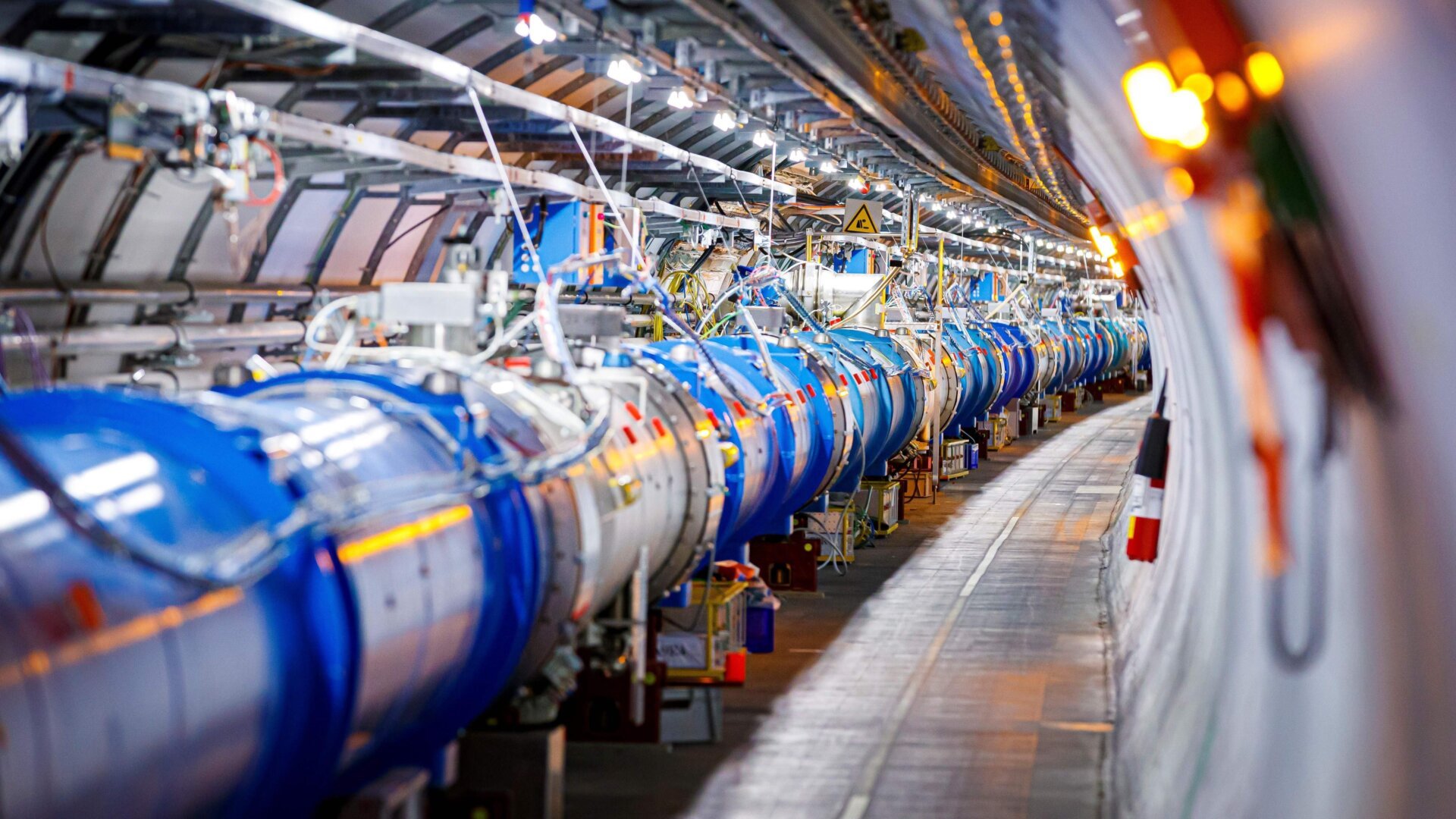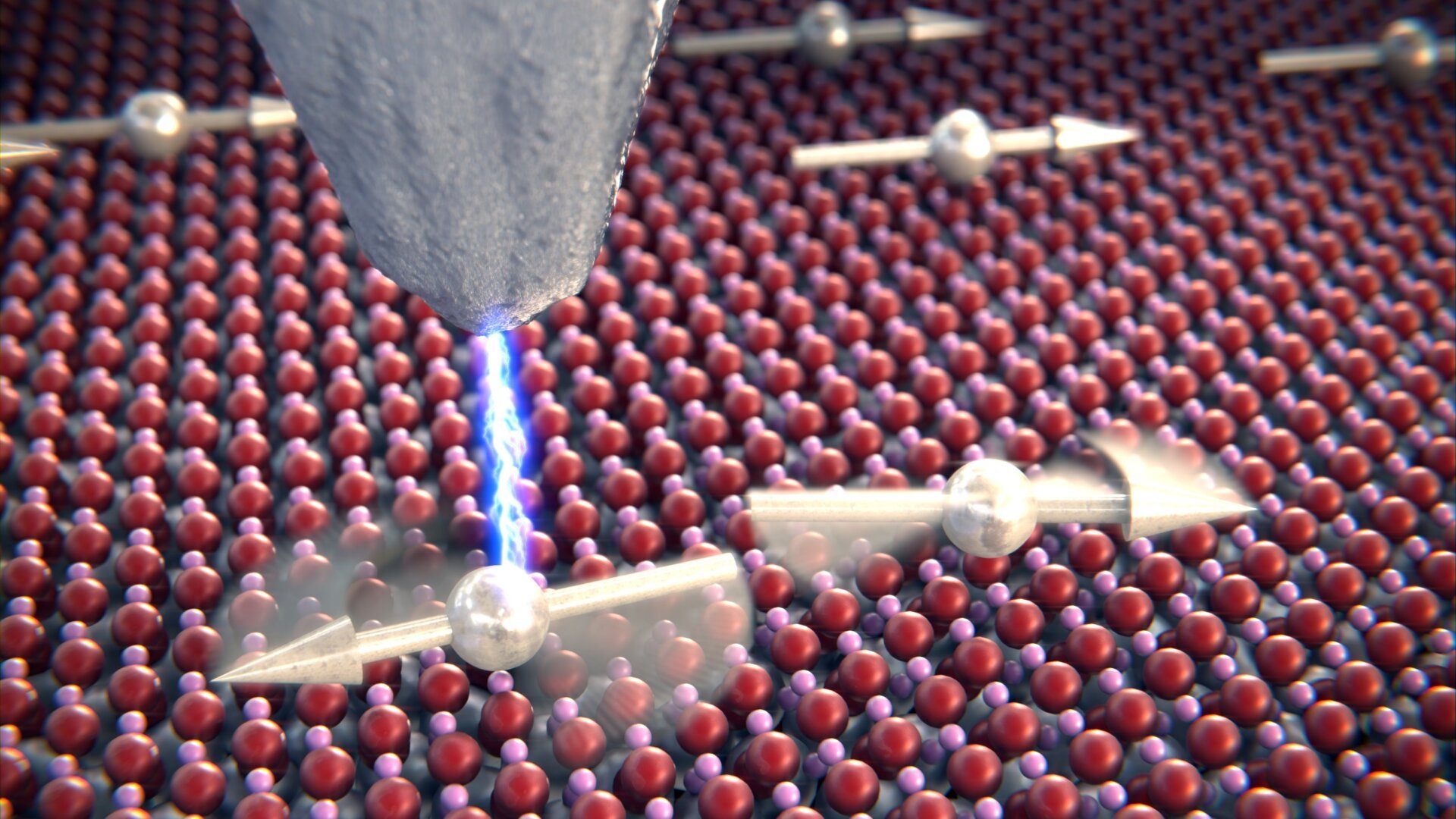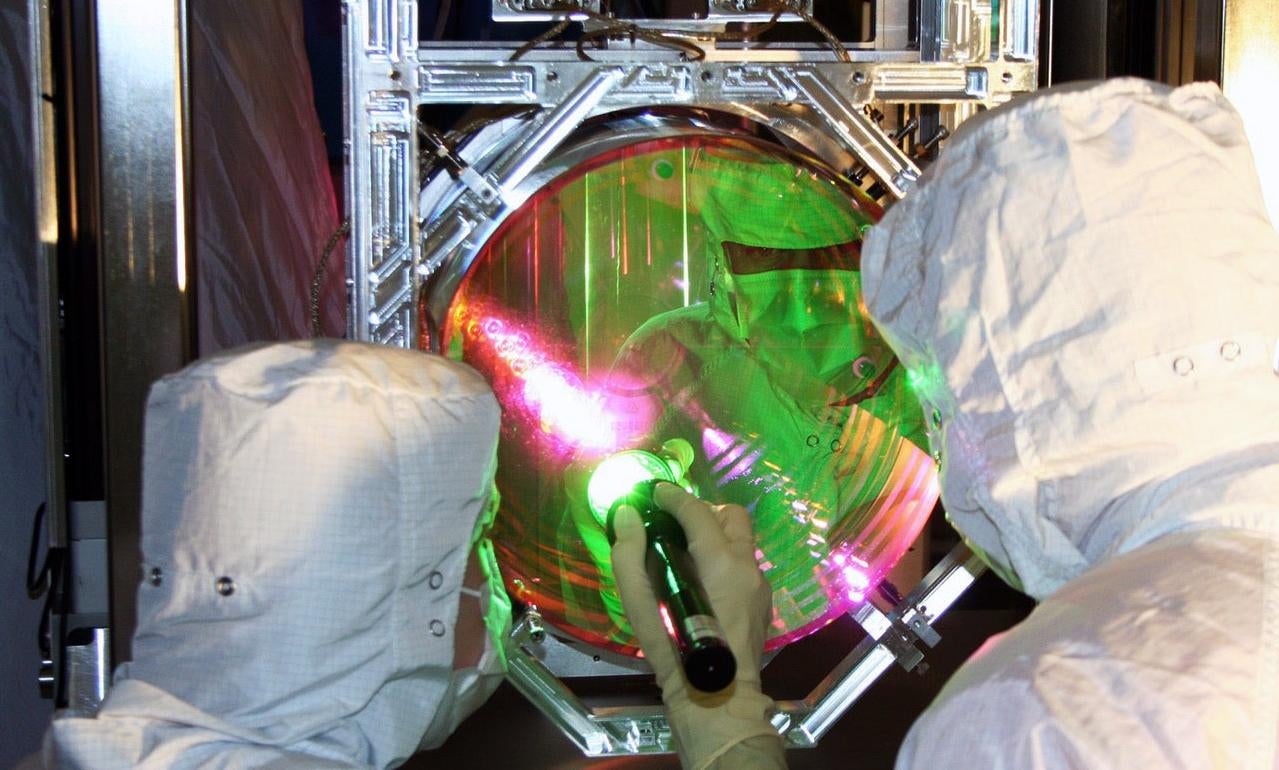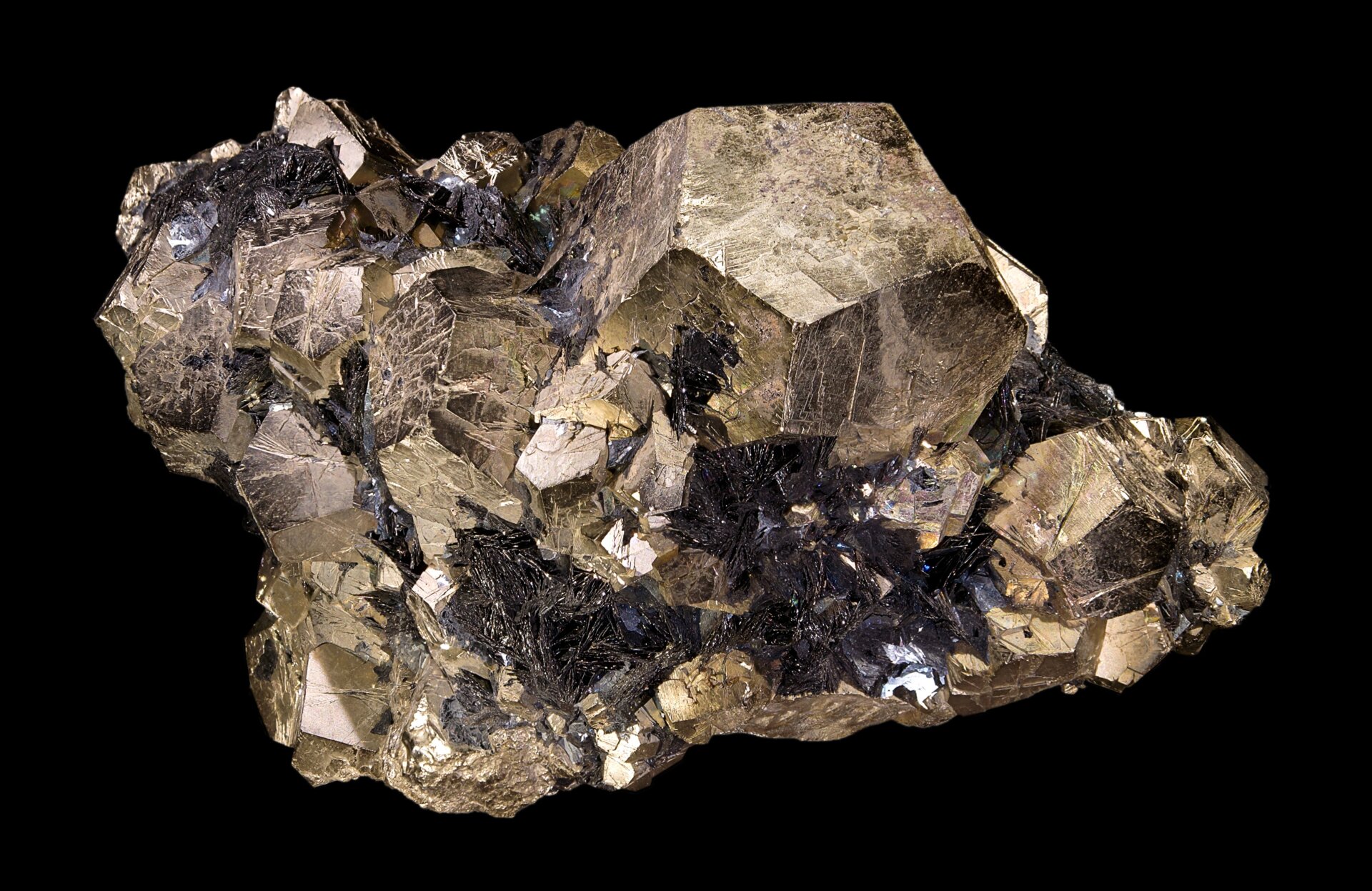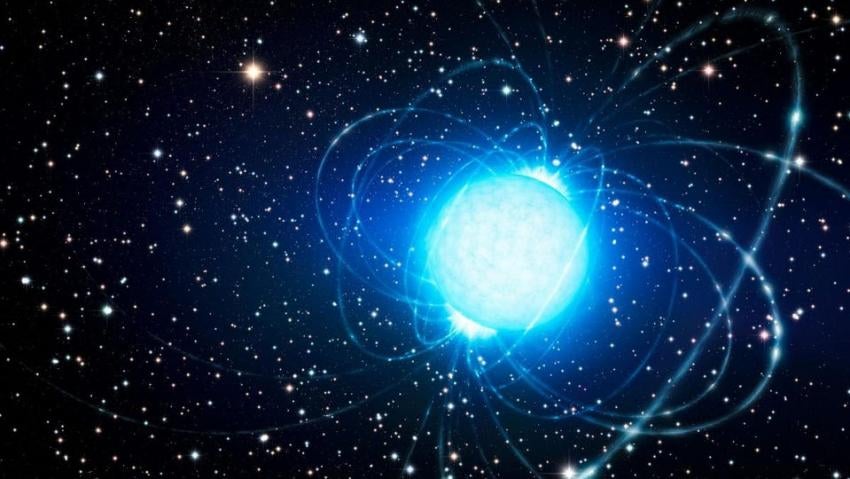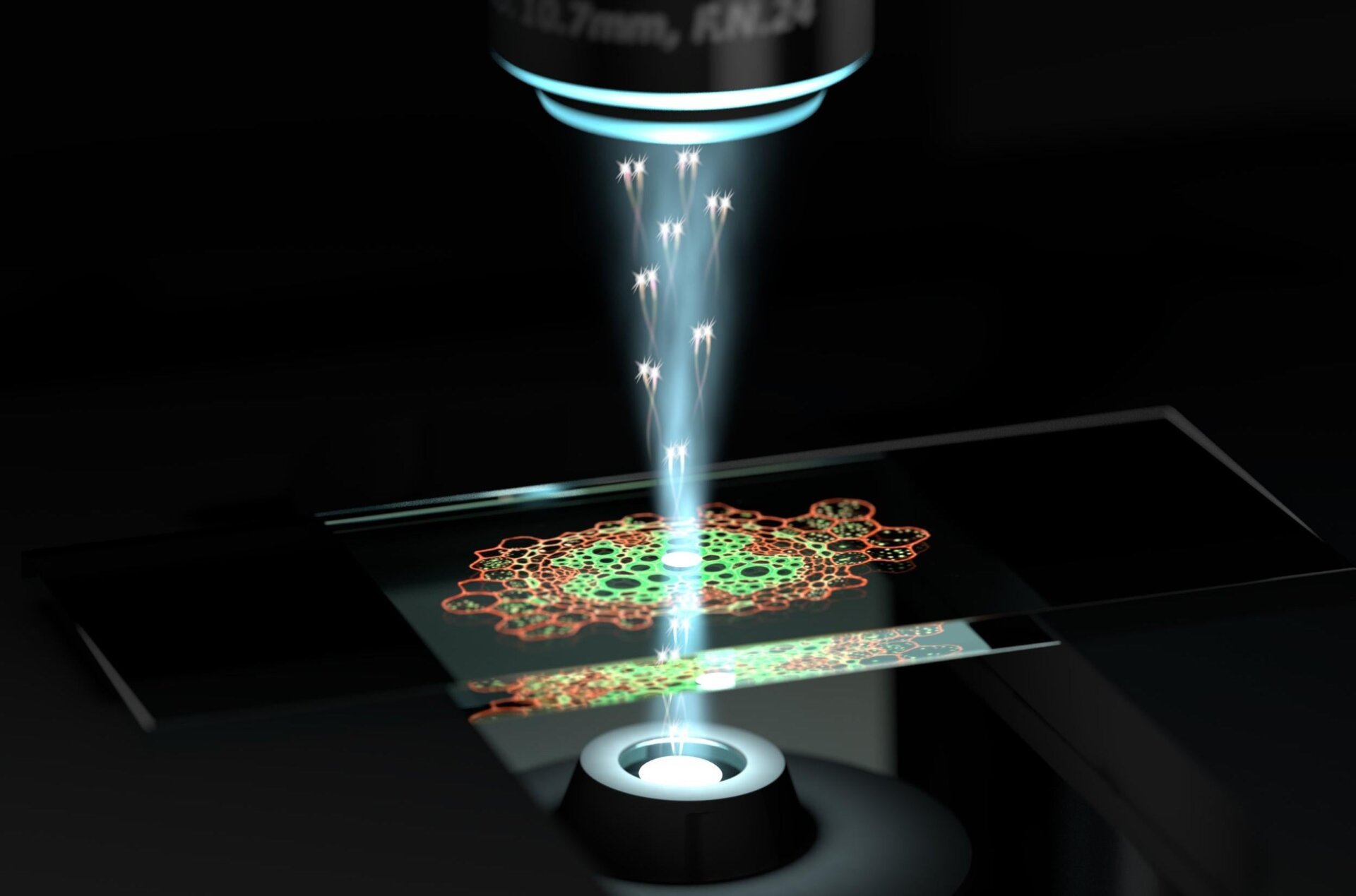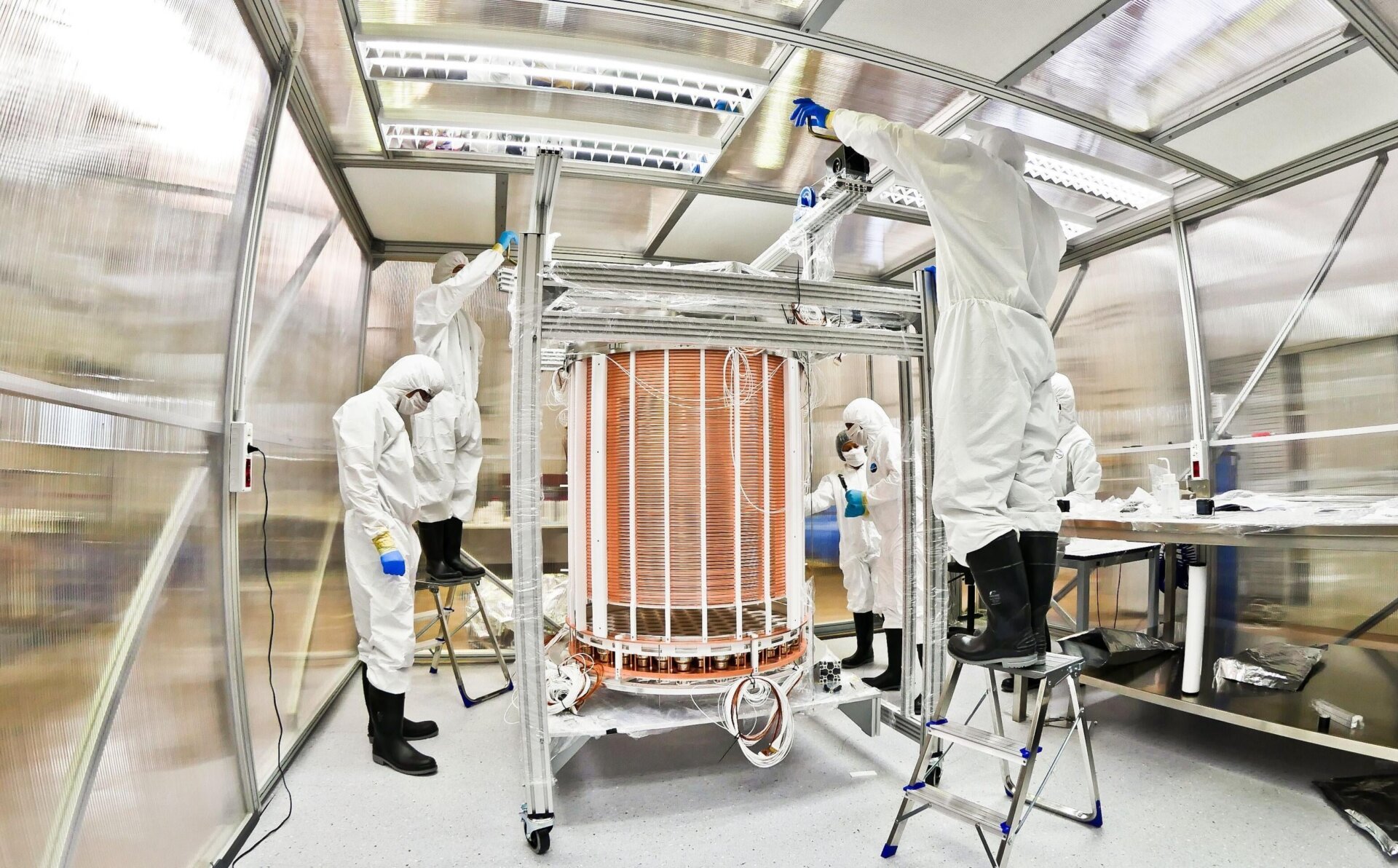Physicists at CERN’s Large Hadron Collider (LHC) have announced the discovery of three exotic particles, providing further insights into the complex interactions of quarks. These particles, a pentaquark and two tetraquarks, were identified by the LHCb Collaboration, a team utilizing a massive 5,600-ton detector to explore the fundamental differences between matter and antimatter.
This discovery follows the LHCb Collaboration’s finding last year of the first double-charm tetraquark, the longest-lived exotic matter particle discovered to date. These new particles add to the growing list of exotic particles observed by the collaboration.
“We’re observing a surge in discoveries, reminiscent of the 1950s when a ‘particle zoo’ of hadrons emerged, ultimately leading to the quark model of conventional hadrons in the 1960s,” explained Niels Tuning, an LHCb physics coordinator, in a CERN press release. “We’re effectively creating ‘particle zoo 2.0’.”
Understanding Hadrons and Quarks
Hadrons are subatomic particles composed of quarks and antiquarks, bound together by the strong force. Common examples of hadrons include protons and neutrons, each consisting of three quarks.
Quarks come in six distinct “flavors”: up, down, charm, strange, top, and bottom. These flavors can combine in various configurations to form a diverse array of particles.
The Newly Discovered Exotic Particles
The recently discovered pentaquark consists of a unique combination of strange, up, down, and charm quarks, along with a charm antiquark. Notably, this marks the first observed pentaquark containing a strange quark. The two new tetraquarks are a related pair: one carries a double positive charge, while the other is its neutral counterpart.
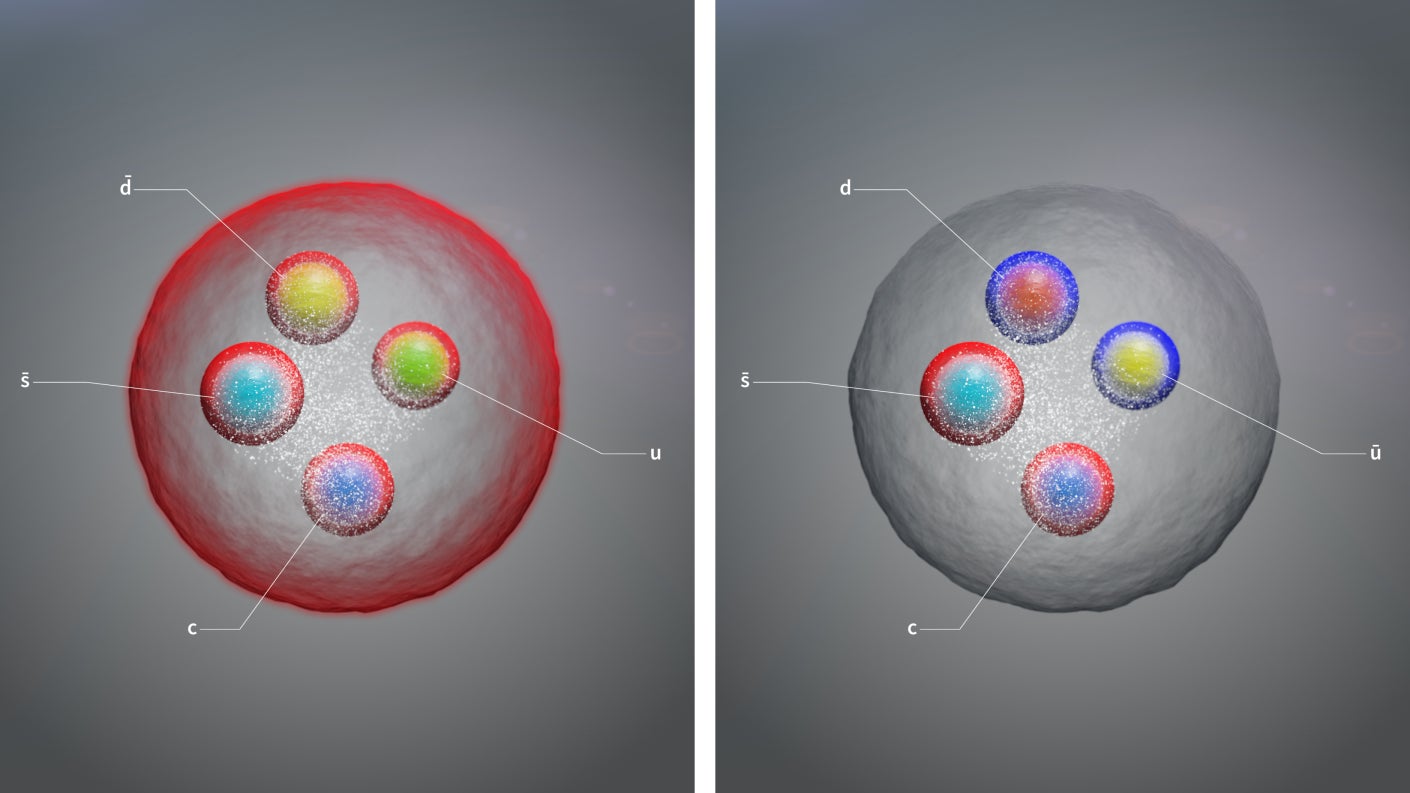 Illustrations of the two newly discovered tetraquarks.Illustration of the two newly discovered tetraquarks. Image Credit: CERN
Illustrations of the two newly discovered tetraquarks.Illustration of the two newly discovered tetraquarks. Image Credit: CERN
“Uncovering new types of tetraquarks and pentaquarks, and meticulously measuring their properties, is crucial for theorists to develop a comprehensive model of exotic hadrons,” stated LHCb spokesperson Chris Parkes. “This research will also enhance our understanding of conventional hadrons.”
Continuing Exploration at the LHC
Just a decade after the confirmation of the Higgs boson, physicists at the LHC continue to unveil new particles. To date, 66 hadrons have been discovered at the collider, with the LHCb responsible for identifying 59 of them. The commencement of the LHC’s third run promises even higher-energy collisions, offering richer data to unravel the fundamental mysteries of the universe.
Beyond the discovery of new particles, the LHC provides invaluable data on the intricacies of matter interaction. “The search for new particles represents only a portion of our work at the LHC,” Freya Blekman, a particle physicist at the University of Hamburg, highlighted. “We also conduct extensive research into how matter interacts and how well-known nuclear forces operate at a deeper level.”
The Future of Particle Physics
With the high-luminosity Large Hadron Collider on the horizon, the future of particle physics research appears promising. These discoveries pave the way for a deeper understanding of the fundamental building blocks of matter and the forces that govern their interactions.
More: 10 Years After the Higgs Boson, What’s the Next Big Thing for Physics?



